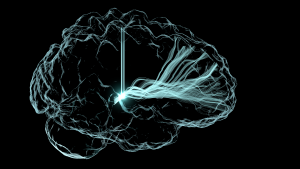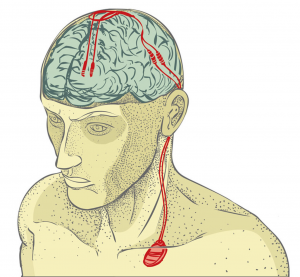The world’s most common birth defect, congenital heart disease (CHD), affects around 1 in 100 Canadian children born each year. It is a condition where the heart does not develop or function properly. Some forms of CHD only require medical check-ups, while others, especially among children, are more complex and can require several surgeries. A 2021 research study led by Dr. Robert Tranquillo explains a promising approach using lab-created heart valves that can prevent the need for multiple surgeries when treating various forms of CHD in children.

Source: flickr.com
What is Congenital Heart Disease (CHD)?
Congenital heart disease includes all defects present at birth in one or more of the heart’s structures— valves, arteries, chambers, or wall tissue. Our hearts play an important role in maintaining blood flow throughout the body. Therefore, defects in the heart must be treated for the body to function properly.
Source: CNN | Youtube
THE PROBLEM: CURRENT AVAILABLE TREATMENTS
When it comes to treating heart valve defects, there is still no replacement heart valve that can grow and continue to function as a child grows. As a result, children must undergo multiple valve replacement surgeries. The current treatment uses valves made from chemically treated animal tissue. In addition to children outgrowing these valves, they are also known to become dysfunctional due to calcium build-up. As a result, children will have to endure around five or more open-heart surgeries. This can be exhausting, painful, and inconvenient for both children and their families.
PROMISING ALTERNATIVE: LAB-CREATED HEART VALVES
Dr. Tranquillo and his team have created heart valves that are capable of growing within a patient. In addition, they have almost no calcium build-up and can be stored for at least six months. Although this study was only done on lambs, it holds great potential when it comes to reducing the number of surgeries required for children with valve defects. As stated by Dr. Tranquillo,
“This is a huge step forward in pediatric heart research.”
Below is the echocardiogram showing this replacement valve opening and closing within a lamb’s heart.
Source: College of Science and Engineering, UMN | Youtube
How was this done?
The researchers created tubes from the donor sheep’s skin cells using tissue engineering and regenerative medicine. They combined the cells with a gelatin-like material and provided them with nutrients to grow. Following this, they washed away the sheep cells leaving behind tubes. Three tubes were sewn together to create a tri-tube that replicates a human heart valve. The tri-tubes were put into the hearts of three lambs and monitored. After 52 weeks, they saw a significant growth of the valves (19mm to about 25mm), strongly suggesting that the valves grew within the lambs.
THE FUTURE
The next steps are to test whether the lab-created heart valve can function in a child. Dr. Tranquillo’s research, if someday approved in children, could significantly improve the lives of children diagnosed with congenital heart disease, specifically heart valve defects. Overall, this would be a huge breakthrough in pediatric heart care.
– Samantha Nalliah


